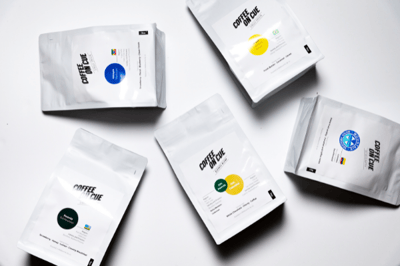If you’ve ordered a coffee and gone through the usual order, size, sugar-or-no-sugar process, then you’ve probably been asked the question ‘do you want the single origin’? Or, ‘did you want to try the single O’?

And if you’ve been caught off guard that’s cool—but what exactly is single O?
It’s as the name states—single origin—and that’s pretty much what it means. It’s one coffee bean, from one origin (or estate) that ends up in your cup. If you’re a black coffee drinker and you’re reading this you’ll probably be thinking ‘yeah I get asked this all the time, and it’s upwards of an extra $0.50 per cup. Why?’
It’s pretty simple. Single origin coffees are typically feature coffees; they’re seasonal (so limited) and typically are a showcase of skill for the grower, roaster, and barista. As far as your tastebuds are concerned there are typically a lot more bold and pronounced flavours coming through. Here’s a little cheat sheet that’s typical of the way single origin coffees might taste (and bear in mind this really only applies when coffee is served black, i.e. the only way to drink it)

Central & South American Coffees: Colombia, Nicaragua, Brazil
Chocolaty, nutty, caramels
African Coffees: Ethiopia, Tanzania, Rwanda
Sweet, acidic, stone fruits, lemony & sometimes sour
Asian Coffees: India, Indonesia, Papua New Guinea
Fruity, spicy, salty
The Blend
For the 75% of people who order a milk-based coffee (flat white, latte or a cap) you’ll be served your cup of magic made with a house blend—another coolspeak terminology for the mixture of beans from varied origins. This is where a roaster will roast 2-4 beans together from different regions and coffee-growing countries, with each coffee being roasted at a different recipe to the next.
These are “blended” together at differing ratios (between roasters and blends) to provide you with your favourite tasting coffee. Coffee is a natural product that comes from a plant and so is a living and changing thing. It takes quite a skill to both roast coffee to taste the same each time AND blend 3 or so types of beans together in a way that is balanced, palatable, and well... yum.
The most of our coffee today is a blend, however for the $0.50 extra try the single O next time you order and see if you can notice the difference. Why not request it next time you see us at an event?
